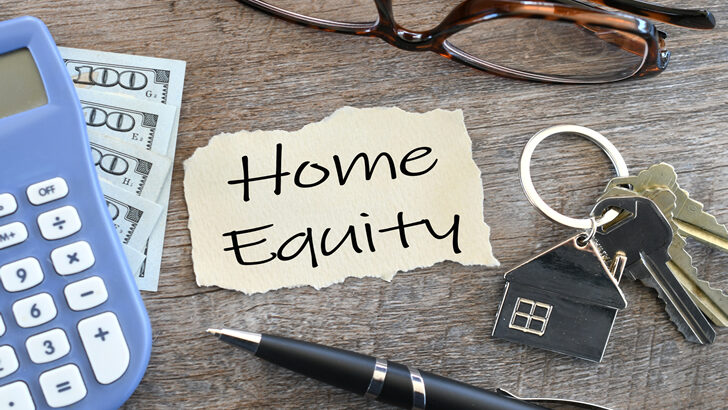
Home inspections are a critical part of the homebuying process. They provide valuable insights into a property’s condition, helping buyers make informed decisions. However, it’s essential to understand what a standard home inspection typically covers and what it doesn’t. Here’s a breakdown to ensure you have a clear picture of what to expect:
What’s Typically Covered:
- Structural Components: A standard home inspection will assess the condition of the home’s structure, including the foundation, walls, roof, and load-bearing elements. Any visible structural issues will be reported.
- Exterior: This includes an evaluation of the exterior components like siding, windows, doors, and the condition of the property’s landscaping. Any visible issues, such as damage or decay, will be noted.
- Roof: The inspector will examine the roof’s condition, looking for signs of damage, leaks, or wear. They may also estimate the roof’s remaining lifespan.
- Plumbing System: The home inspector will check plumbing fixtures, water supply lines, drainage systems, and water heating equipment. Leaks, water pressure issues, and potential plumbing problems will be highlighted.
- Electrical System: The inspection will cover the electrical panel, wiring, outlets, and switches. Any electrical hazards or non-compliance with safety standards will be reported.
- HVAC (Heating, Ventilation, and Air Conditioning): The inspector will assess the HVAC systems, including the furnace, air conditioner, and ventilation. They will note any issues affecting the systems’ performance.
- Interior Components: The inspection involves evaluating interior elements such as walls, ceilings, floors, and staircases. Visible issues like cracks, stains, or damaged surfaces will be included in the report.
- Attic and Crawl Spaces: If accessible, these spaces will be inspected for insulation, ventilation, and potential issues like leaks or pests.
What’s Typically Not Covered:
- Cosmetic Issues: Home inspections do not address purely cosmetic issues. So, things like peeling paint, worn carpet, or outdated fixtures won’t be part of the report.
- Inaccessible Areas: If an area of the property is not readily accessible or poses a safety risk, it may not be inspected. This includes locked rooms, inaccessible crawl spaces, or areas with excessive clutter.
- Pest Inspections: Standard home inspections do not include comprehensive pest inspections. However, if signs of pest infestation are apparent, the inspector may mention them in the report.
- Environmental Testing: Home inspections typically do not cover environmental assessments, such as radon, mold, or asbestos testing. These require separate inspections.
- Code Compliance: Home inspections are not code compliance checks. While inspectors may identify safety concerns, their role is not to ensure the property meets the latest building codes.
Understanding what a standard home inspection covers and what it doesn’t is crucial. It’s also essential to remember that you can request additional inspections for specific concerns. While a home inspection provides a solid foundation for assessing a property’s condition, it’s just one piece of the puzzle in the homebuying process.



